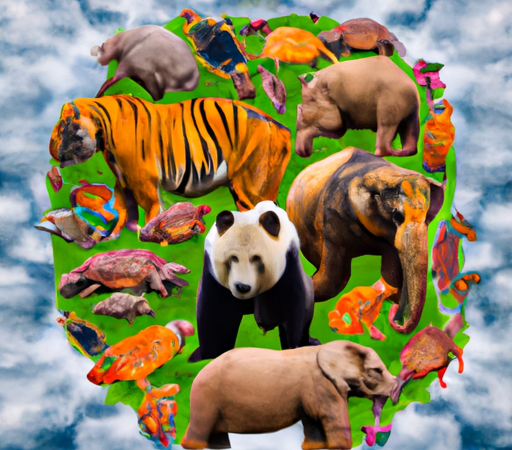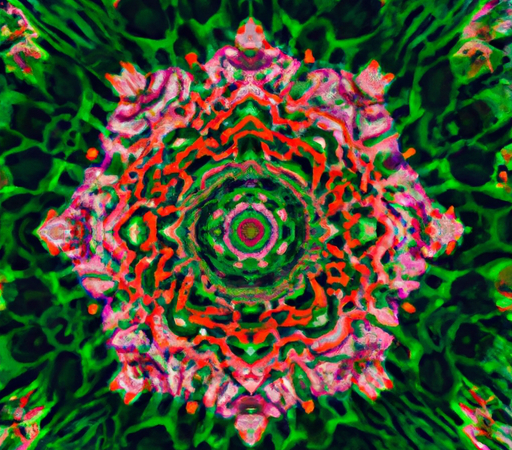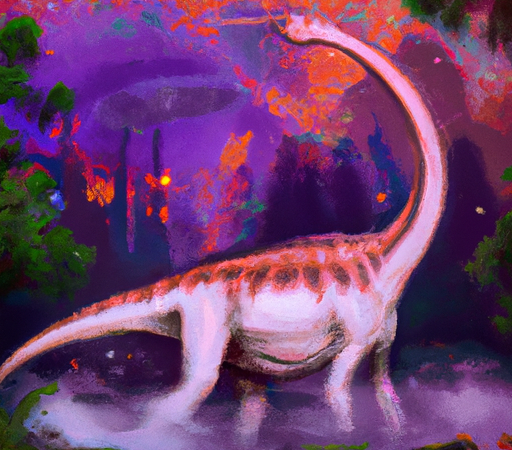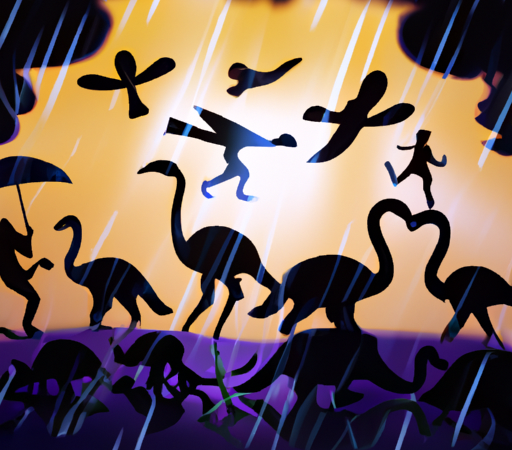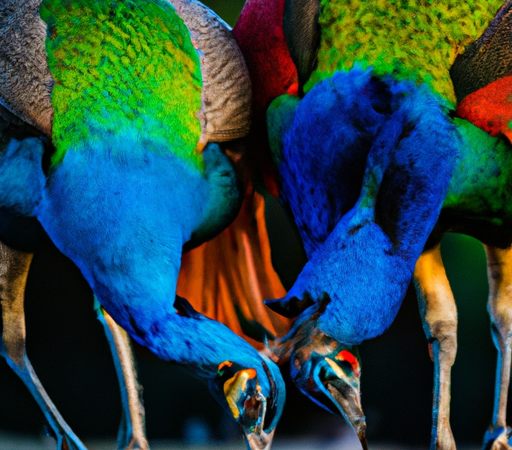The Astonishing Abilities of Animal Camouflage in the Wild
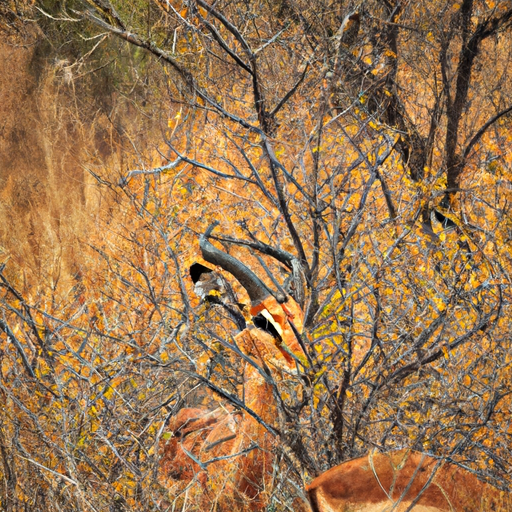
The Astonishing Abilities of Animal Camouflage in the Wild
In the vast and diverse world of nature, there is an extraordinary phenomenon that has both captivated and astounded scientists and nature enthusiasts alike – animal camouflage. Whether it be hiding seamlessly amongst their surroundings or impersonating other animals or objects, animals have evolved an array of astonishing abilities to blend into their environments and evade detection from predators or prey.
Camouflage is not merely an art of hiding; it is a sophisticated survival strategy perfected over millions of years of evolution. To achieve this, animals have developed an astounding range of adaptations, from changes in skin color and texture to behavioral tricks that make them appear like something else entirely.
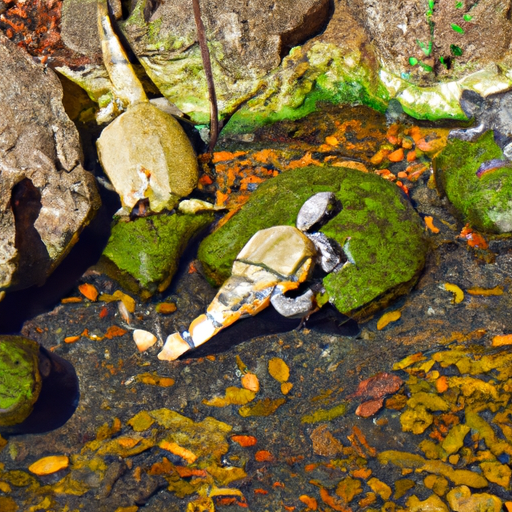
One of the most remarkable examples of animal camouflage is found in the leaf mimic insects. Species such as walking sticks and leaf insects possess an uncanny ability to resemble plant parts in both appearance and movement. These insects are equipped with body structures that have evolved to imitate the shape, color, and veins of a leaf. Their movements are slow and deliberate, further deceiving predators by blending seamlessly into the surrounding foliage. This incredible camouflage enables them to become practically invisible, safeguarding them from detection by predators seeking an easy meal.
Similarly, the chameleon stands out as a notorious master of camouflage. Renowned for their ability to change color, chameleons can adjust their skin pigments to match their surroundings, creating a perfect illusion of invisibility. They achieve this feat through specialized cells called chromatophores, which expand or contract to reveal different color pigments.
However, the chameleon's feat is not solely limited to color alteration. They can also control their body's temperature, affecting their skin's color and allowing them to blend seamlessly with their environment to thermally regulate themselves. This astounding ability enables them not only to evade predators but also to communicate with other chameleons and establish territories.
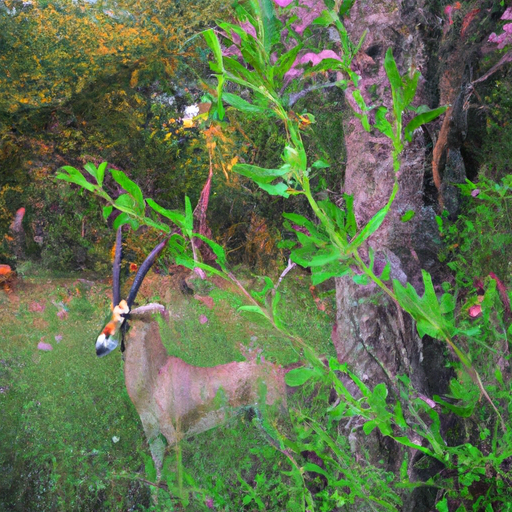
Beyond the realm of land-based creatures, marine animals have also honed the art of camouflage to perfection. Take, for instance, the octopus, renowned for its remarkable ability to blend seamlessly with its surroundings. The octopus possesses specialized skin cells called chromatophores, which are similar to those of the chameleon but more advanced in their capabilities. These cells not only produce various colors but also change the texture and pattern of the octopus's skin. By manipulating these cells, the octopus can create elaborate patterns, textures, and even mimic the texture of its surroundings – such as rocks, corals, or seaweed.
This astounding ability to camouflage serves the octopus well, allowing it to remain hidden from predators and prey alike. With its remarkable camouflage skills, the octopus can approach unsuspecting prey with precision, remaining invisible until it is ready to pounce. Incredibly, the octopus can completely alter its appearance within seconds, making it an elusive and nearly undetectable predator in the underwater world.
These are just a few examples of the astonishing abilities of animal camouflage in the wild. From insects imitating leaves to chameleons seamlessly blending with their surroundings and octopuses mimicking various textures, nature has truly fashioned a fascinating arsenal of defense mechanisms.
The evolution of camouflage is a testament to the power of adaptation in the natural world. It showcases the lengths living organisms go to survive and thrive in their respective habitats. As we continue to explore and study these astonishing abilities, we gain a deeper appreciation for the intricate and awe-inspiring mechanisms that allow animals to remain hidden, camouflaged, and ultimately safe in the wild.

